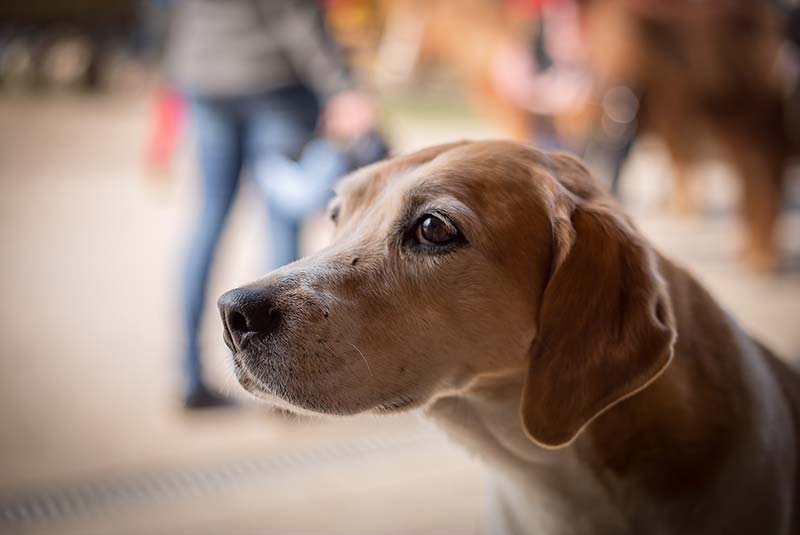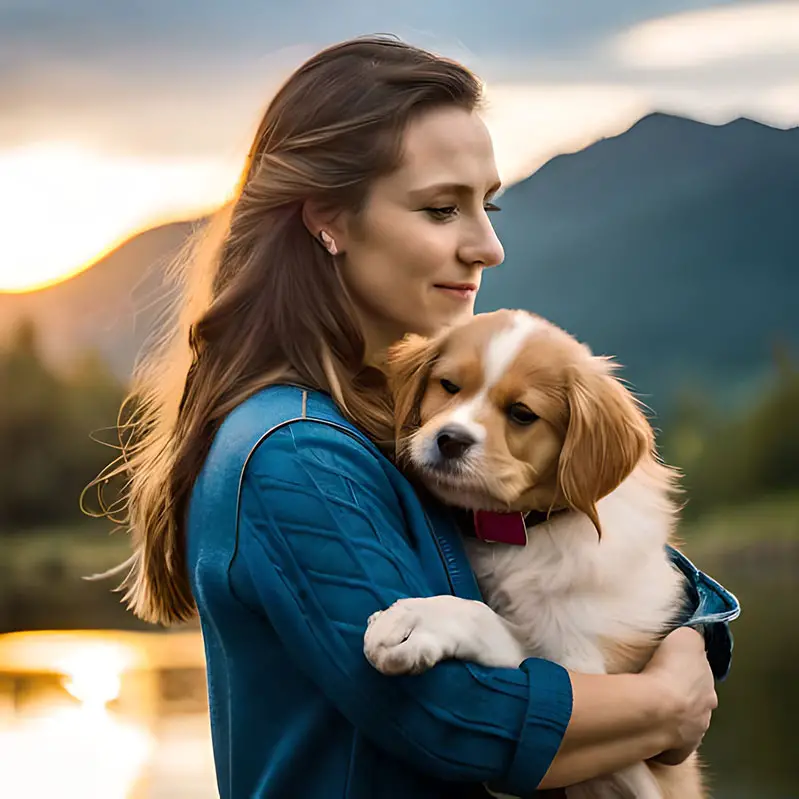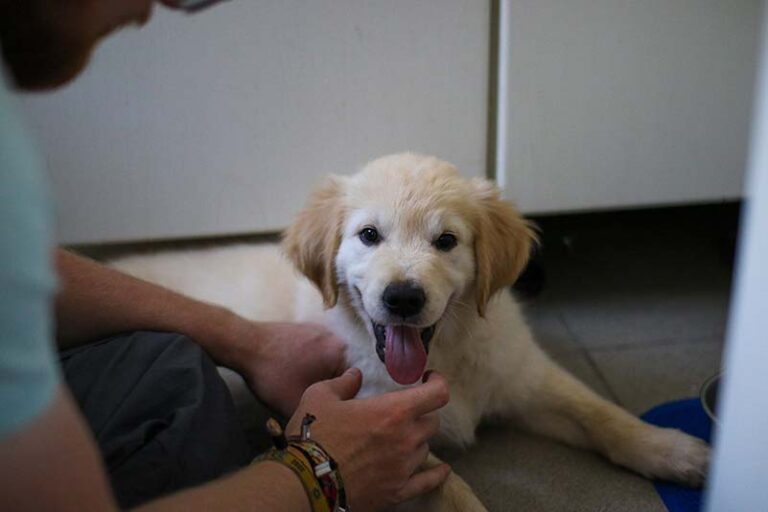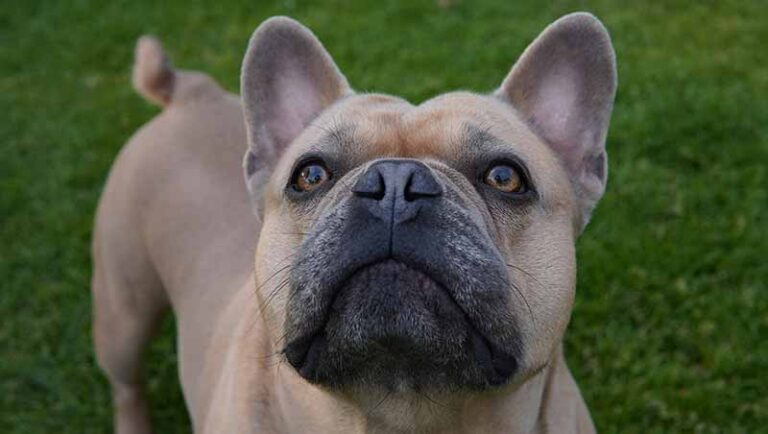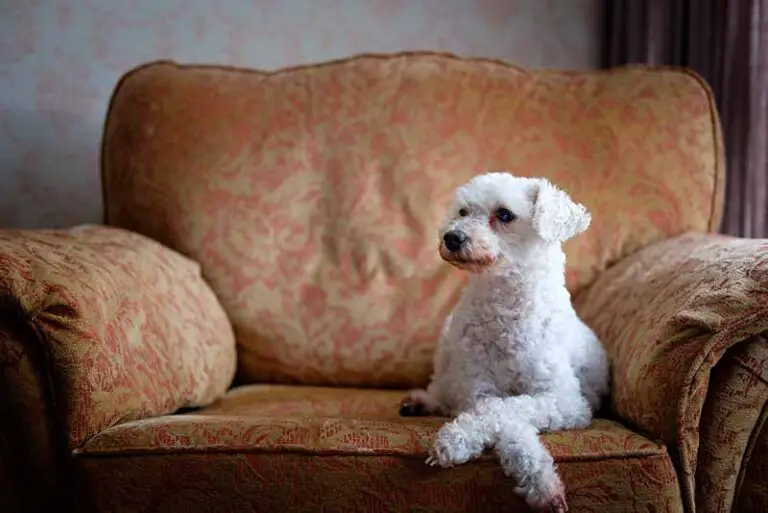How To Get A Scared Dog To Trust You? Answered With Tips
Dogs are social animals; hence they quickly get along with humans. Have you ever wondered what makes dogs and humans such great companions? This connection is created based on emotions, and trust is one of the driving factors that ensure and enforce it. Let’s find out how to get a scared dog to trust you!
If a dog loves you, that means they trust you. Suppose you bring home a new puppy, nurture them, and raise them with good care; it surely helps to create a strong trust between you and the dog.
Whether a puppy, an adult dog, or a rescued dog, any dog would typically face fears in their lives. If a dog is scared for some reason, it will be somewhat challenging to earn its trust. Still, this is not an impossible task. Keep reading this article to learn some valuable tips and tricks to win the trust of a scared dog.
So, how to get a scared dog to trust you? A dog may act scared for multiple reasons. Sometimes young puppies act afraid due to separation anxiety from their mother and litter; adult dogs who lost their owners, those who live in rescue shelters, and those who faced traumatic experiences or phobias also act scared.
Whatever the reason behind this behavior, to earn their trust, the first and most prominent thing to do is to be calm and approach the dog with patience. Give some time and space for the dog; do not force them to do things. Eventually, you can pet them, give them treats, play games and use other positive reinforcement methods.
Getting a scared dog to trust you could be time-consuming and intricate. However, as mentioned above, there are effective mechanisms that one can follow to gain the trust of a scared dog.
Sometimes it might feel a little exhausting, but as long as you engage in this process with patience, you will be able to do it.
How To Get A Scared Dog To Trust You?
As mentioned earlier, if you need a scared dog to trust you, you must be calm and tactful. You will not be able to do this overnight; with more patience, you’ll be able to win their trust fast.
So read carefully the below tips as they will help you to do the job efficiently.
- Observe and take things slow
Observation plays a critical part in this process. Observe your dog’s behavior and figure out what causes fear in your dog, and accordingly take the appropriate actions.
You have to understand that dogs are different from humans. To gain the trust of a human, we put a lot of effort into comforting them, helping them, and showing affection, but we should not follow the exact approach with dogs.
You have to love and comfort them; still, if you overdo it, that might make the dog more scared or uncomfortable. A frightened dog needs some time to open up; therefore, taking action at a slow pace is advisable.
Especially instead of always approaching them, let them come to you. You can move into the next steps when you feel like the dog is getting somewhat comfortable with you by showing signs like wagging their tails.
- Use fewer commands and more gestures
Although dogs cannot verbally communicate, we love to have conversations with them, and they will undoubtedly respond to you by wagging their tail, licking you, and cuddling.
However, this will be different with a scared dog. Being talkative around a fearful dog will not be helpful in any way to gaining their trust.
Rather than talking a lot, it would be better to stay quiet and use gestures and body language. Try to create a comfortable environment through gestures ensuring the dog that you are not a threat to them.
Don’t try to pet them at the initial stages; do not directly look into their eyes or stare at them as they find it threatening.
After using body language for a while, you can start small conversations with them. Speak softly, and if the dog keeps its ears perked up and wags their tails, you are a step closer to winning its trust.
- Play games to boost their confidence
After taking things slow and smooth for a considerable time, you can move into small physical activities that will enhance their confidence and build more trust.
Do not try to get too intimate when you play games with them at first. The major goal is to establish trust, not to make them play, so use games that give positive reinforcement.
For instance, you can do a small game like fetching but do not use bright or sound-making toys, use soft and subtle toys because sometimes toys could also make them fearful.
First, introduce the toy to the dog, then you can start playing with them. You can encourage the dog with a small treat if the dog seems engaging.
However, don’t make the dog tired, keep the play sessions short, and you can increase the playtime according to their response.
Why do you need to gain the trust of a scared dog?
The bond between humans and canines is built upon trust. When there is no trust, there is no companionship. Let’s try to understand this through a real-life situation.
Dogs are domestic animals, meaning they associate well with human beings, but suppose you go to a stranger’s house where there is a dog; how would the dog respond to you?
The way they respond could be different from one breed to another, but in most cases, they seem to look suspicious towards you, and that is because there is no trust between you and that dog. Therefore, if you need a dog to love you, first, you need to gain their trust.
When a dog is scared, it impacts their mental and physical health, making their daily lives uncomfortable. If you want to help such a dog, you have to be a trustworthy companion.
When a dog trusts you, it uplifts its confidence levels. They will start to feel that they are being loved, accepted, and protected, and eventually, whatever the fact that scares them, it will fade away.
It doesn’t matter how much you attempt to pet or care for them; if there is no trust, you will not be able to help a scared dog overcome its fears.
What to do if your dog becomes scared of you?
We as human beings have to deal with fears, and there is no exception with dogs. As living creatures who have emotions, dogs also have fears.
What causes fear in them? A lot of things could. Fear is a biased emotion; therefore, one thing that fears someone might not fear another and vice versa.
Dogs get fear due to objects, incidents, or even humans. This might sound somewhat hard to believe, but a dog could become scared of its own master too.
Little puppies often get scared of their owners, and that is primarily due to the minimal exposure that they have to humans.
Grown-up dogs also can get scared of you because of something you have done intentionally or not.
If you have a rescued or a shelter dog, their past trauma could make them scared of you. Likewise, several things make dogs afraid of their owners. In such scenarios, you can act as below.
When your dog seems scared of you, you’ll probably try to comfort them and light up its mood. It isn’t necessarily bad, but do not be forceful to cheer them up.
You should take action at a slow pace; perhaps you will feel frustrated, but do not punish or be harsh to the dog.
Give some alone time to the dog; still, if they seek love, do not hesitate to pet them a bit. These actions scale down to the most important factor discussed throughout this article, “trust.” If your dog is scared of you, you can help them overcome it by building trust.
Final thoughts for getting a scared dog to trust you
We all love to have a solid and easygoing bond with pet dogs. However, under certain circumstances, dogs may act scared, making it difficult for you to build that strong bond.
To help a scared dog to eliminate their fears, you should make them trust you, and that is going to be a task where you should put a good amount of effort.
It might be complex, yet if you follow the relevant actions, it will not be an impossible issue to address. Dogs have varying personalities. Things they are afraid of and how they respond to them will be different.
As the owner, you must support the dog to overcome its fears. Remember supporting doesn’t mean pushing the dog to do things but encouraging them: being patient, giving the dog some personal space, using easy training methods, and positive reinforcement.
If you are a dog owner who came across this matter or if you have to face it in the future, I hope now you have enough knowledge to take care of it effectively.
Stay tuned with Jack Russell Owner for more interesting posts. Cheers!!

